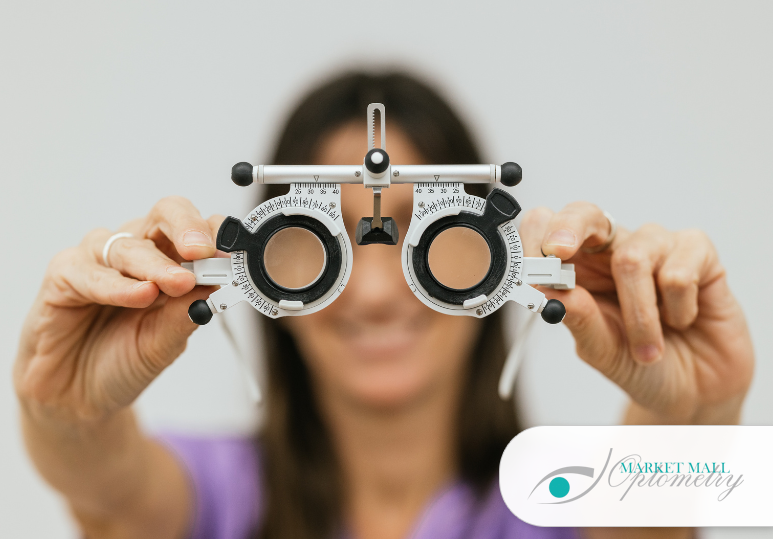We all know the drill - you walk into your optometrist appointment or go have your driver’s license renewed: “Can you read the first line of the eye chart…” And so on…
We take this simple, yet brilliant invention for granted. But back in the day, people weren’t as fortunate as we are today. With the lack of technology, it was very difficult to test one’s vision. It was even commonly thought that people uniformly lost their vision at the same rate. Can you imagine trying to fit society into one-size-fits-all glasses? Thank goodness there weren’t many people driving back then!
Luckily, in the middle of the 19th century, a Dutch man devised a plan to test vision, hence the eye chart. After a few tries, it was decided to use letters to gauge visual ability.
Here are some other fun facts about eye charts:
- Herman Snellen was the Dutch ophthalmologist that invented the eye chart. He put quite a bit of thought into his design; considering the spacing of the letters, colours and exactly which letters to use based on their shape & size.
- Dr. Snellen also created the vision ratio that we still use today. (i.e. 20-20) If one of his patients could read a specific line from 20 feet away – they had 20/20 vision.
- The Snellen chart gained popularity in the late 1800s and was used to test soldiers’ vision in the British Army. If you’re going to shoot a gun, you need to see what you’re aiming at, right?
- Snellen also created a Rotating E chart to gauge the vision of children and the illiterate.
150 years ago, A Dutch ophthalmologist placed some letters on a board to test visual performance and we still use it today. This time period would later be referred to as the “Golden Age of Ophthalmology” and now I see why.
Need to schedule an optometry appointment? Call Market Mall Optometry today at 403.286.4884.




